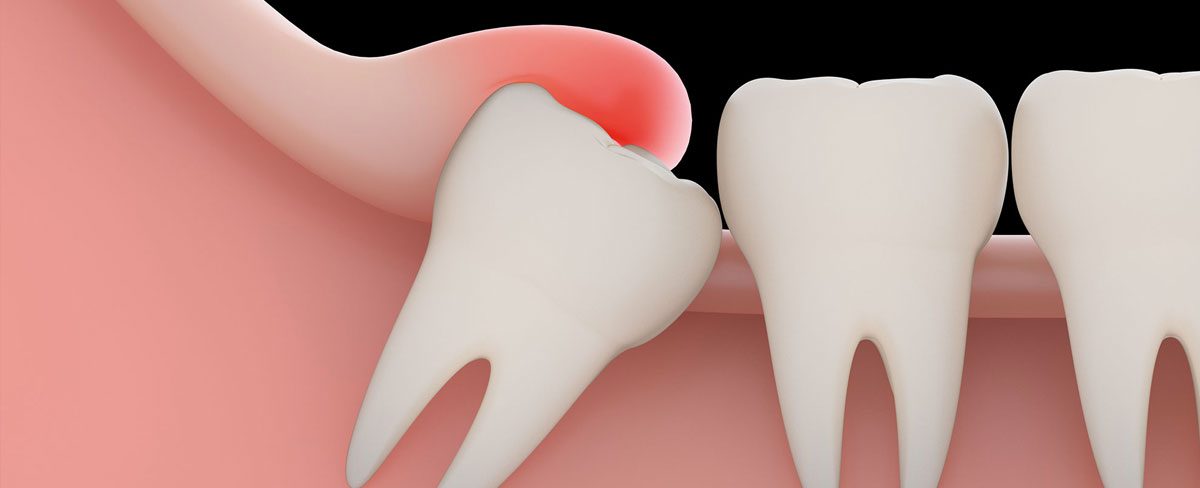Wisdom Teeth

A wisdom tooth is often extracted to correct an actual problem or to prevent a problem that may come up in the future. When wisdom teeth are starting to erupt, a number of problems can occur: your jaw may not be large enough to accommodate them and they may become impacted and unable to break through your gums. Your wisdom teeth may also break partway through your gums, causing a flap of gum tissue to grow over them. Food and germs can become trapped under the flap and cause your gums to become red, swollen, and painful – these are the signs of an infection. More serious problems can develop from impacted teeth, such as damage to other teeth and bone, or the development of a cyst.
Procedure
An extraction begins with local anaesthetic being placed to numb the tooth and the surrounding area. Once the tooth is completely anaesthetized, the doctor will “wiggle” the tooth in the socket to break the fibrous bonds that hold the tooth to the bone. When the tooth is sufficiently loose, the doctor will use a tool that elevates the tooth out of alignment. Sometimes that will cause the tooth to come out immediately. Often, the doctor will then use the forceps to “grab” the tooth and wiggle it out the rest of the way. Occasionally, if a tooth is more attached to the bone or the roots are misaligned to not allow easy extraction, the doctor will use a drill to cut the tooth into sections. This allows for easier access and less traumatic removal of the tooth.
Extractions are very much about technique and leverage. Our doctors are all taught the latest techniques and have all the equipment needed to look after most extractions. Specific, complicated extractions are often referred to one of the great oral surgeons in the area, if needed. Talk to your dentist about your specific case and the best options for you.


